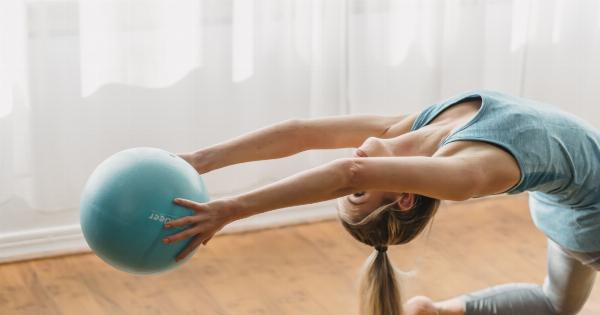Knee pain is a common issue that can significantly impact your daily life. Whether it is caused by arthritis, injury, or overuse, finding relief is essential.
While rest and medication can help manage knee pain, incorporating exercise into your routine can provide long-term benefits.
The Benefits of Exercise for Knee Pain
Regular exercise can have numerous positive effects on knee pain, including:.
1. Strengthening Muscles
Exercise helps strengthen the muscles surrounding the knee joint, providing greater support and stability. Stronger muscles can help alleviate stress on the knee and reduce pain.
2. Increasing Flexibility
Stretching exercises can improve flexibility, allowing for better knee function and increased range of motion. This can help reduce stiffness and pain.
3. Promoting Weight Loss
Excess weight can contribute to knee pain. Engaging in regular exercise, especially cardiovascular activities, can help you shed those extra pounds, reducing pressure on your knees.
4. Enhancing Joint Lubrication
Exercise stimulates the production of synovial fluid, a natural lubricant for your joints. This can help reduce friction between the bones in the knee and alleviate pain.
5. Improving Overall Fitness
Regular exercise improves cardiovascular health and overall fitness levels. This can provide multiple benefits to the body, including better circulation and a stronger immune system, which can aid in the recovery and management of knee pain.
Exercises to Relieve Knee Pain
Here are some effective exercises that can help relieve knee pain:.
1. Quadriceps Stretch
Stand upright and hold onto a stable object for support. Bend one leg back and grasp the ankle or foot with your hand. Gently pull your heel towards your buttocks until you feel a stretch in the front of your thigh.
Hold for 30 seconds and repeat on the other side.
2. Hamstring Curls
Using an exercise mat, lay face down with your legs fully extended. Slowly bend one leg, bringing your heel towards your buttocks. Hold for a few seconds, then lower your leg back to the starting position. Repeat with the other leg.
3. Glute Bridge
Lie on your back with your knees bent, feet flat on the floor, and arms by your sides. Lift your hips off the ground, squeezing your glutes and engaging your core. Hold for a few seconds, then lower your hips back down. Repeat for several repetitions.
4. Straight Leg Raises
Lie on your back with one leg bent and the other leg straight. Slowly lift your straight leg off the ground, keeping it as straight as possible. Hold for a few seconds, then lower your leg back down. Repeat on the other leg.
5. Step-Ups
Using an exercise step or sturdy platform, place one foot on the step. Push through your heel and lift your body onto the step. Step back down with the same foot. Repeat for several repetitions, then switch to the other leg.
6. Wall Squats
Stand with your back against a wall and your feet shoulder-width apart. Slowly slide down the wall into a squatting position, ensuring your knees do not pass over your toes.
Hold for a few seconds, then push through your heels to return to the starting position.
7. Stationary Bike
Using a stationary bike is a low-impact way to exercise your knees. Start with a comfortable resistance and pedal at a moderate pace for a set duration. Gradually increase the resistance and duration over time.
8. Water Aerobics
Exercising in water provides buoyancy and reduces stress on the knee joints. Water aerobics classes or swimming can help improve cardiovascular fitness and strengthen leg muscles without putting excessive strain on the knees.
9. Yoga
Yoga focuses on stretching, strengthening, and balance. Certain yoga poses, such as the child’s pose or the triangle pose, can help alleviate knee pain and improve flexibility.
Consult a certified yoga instructor for guidance on poses that are safe for your knees.
10. Walking
Walking is a simple yet effective exercise for knee pain. Start with short walks and gradually increase the duration and intensity. Invest in good-quality walking shoes that provide proper support and cushioning.
Conclusion
Incorporating these exercises into your routine can be highly effective in managing knee pain.
However, it is essential to consult with a healthcare professional or a physical therapist before starting any exercise program, especially if you have underlying knee conditions or injuries. They can provide personalized guidance and recommend modifications based on your specific needs.























